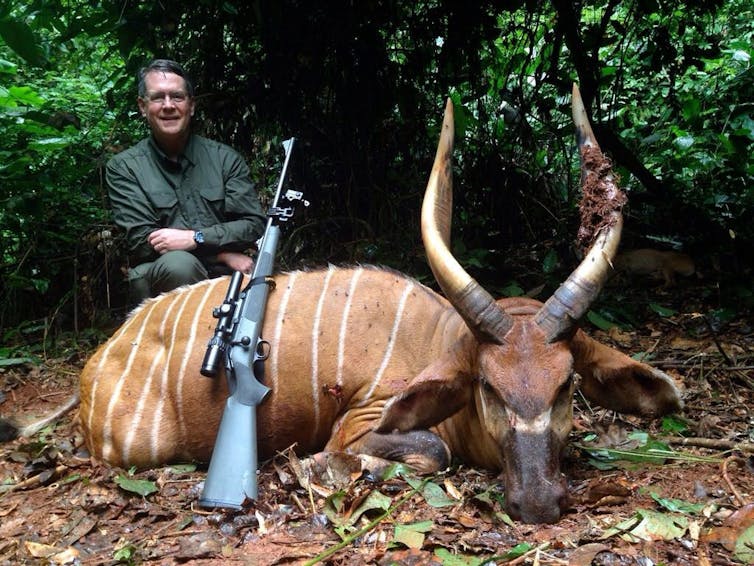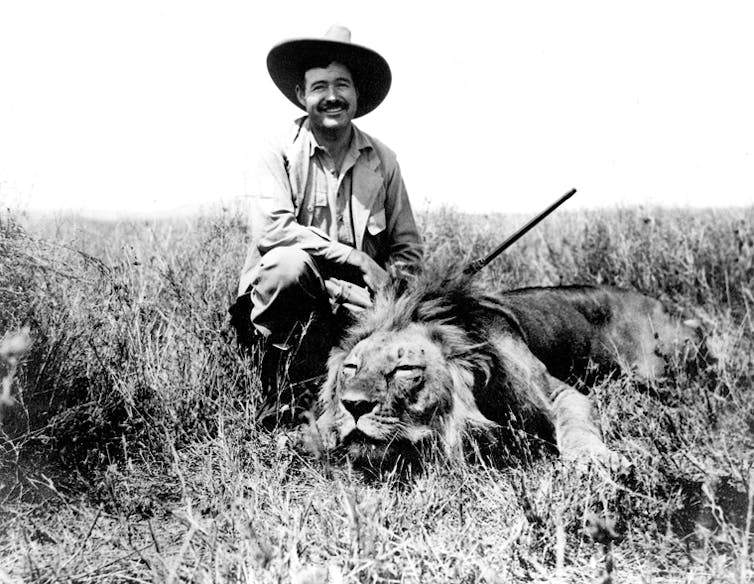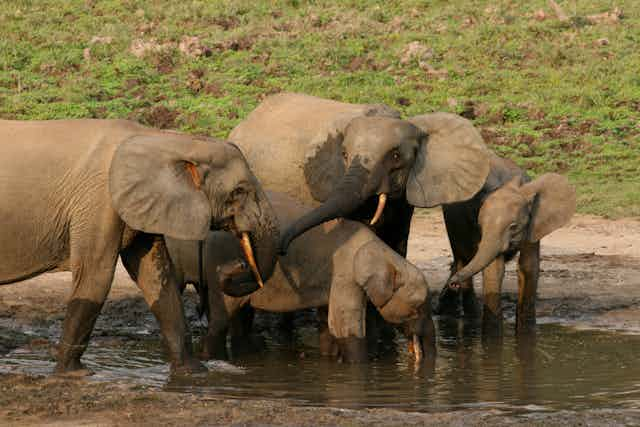The following is a roundup of previously published articles.
On March 1, 2018 the Interior Department announced that it will follow a case-by-case process for deciding whether to allow hunters to import trophies (body parts) from elephants, lions and bontebok killed in several African countries into the United States.
Previously, in November 2017 the U.S. Fish and Wildlife Service (USFWS) had announced that it was reversing an Obama administration policy barring trophy imports from elephants killed in Zimbabwe and Zambia into the United States. Agency leaders asserted that these countries were successfully protecting elephant herds, and that legal hunting helped African communities earn money and created an incentive to protect elephants. Following a strong public backlash, President Trump put the policy on hold, surprising agency employees.
The new action responds to a ruling on December 22, 2017 from the U.S. Court of Appeals for the DC Circuit. The court held that the Obama administration had not followed proper procedures in finding that trophy imports did not support conservation. In announcing the case-by-case approach, USFWS said that it was “revising its procedure for assessing applications to import certain hunted species.” Some aspects of U.S. policy on trophy imports remain under litigation.
These five articles from The Conversation offer perspectives on hunting and its relationship to wildlife conservation.
1. Nothing to celebrate
Many Americans object to hunting, but their reasons vary. Joshua Duclos, a doctoral candidate in philosophy at Boston University, identifies two central arguments. First, opponents say humans do not need to hunt in order to survive. Second, many observers “find the derivation of pleasure from hunting to be morally repugnant,” especially when they see a hunter smiling over the body of a dead animal.

That was especially true in 2015 when Minnesota dentist Walter Palmer was vilified for killing Cecil, a renowned lion in Zimbabwe. Palmer killed Cecil during a trophy hunt in which Cecil was lured out of a national park where he was legally protected. But Zimbabwe declined to prosecute Palmer, and later dropped charges against his guide.
2. An economic argument for trophy hunts
While acknowledging that Cecil was killed illegally, conservation scholars Niki Rust and Diogo Veríssimo argue that legal hunting with well-enforced quotas can advance conservation. They point out that hunters bring revenue to remote areas that are unlikely to become ecotourist destinations:
“Conservation costs money – so does the damage done by lions killing livestock. It is not clear whether photographic tourism alone could cover these financial burdens.”
3. Maybe, with strict limits
But Montana State University ecologist Scott Creel cites statistics showing that lion populations in Zimbabwe, Zambia and other African nations have declined despite guidelines for sustainable takes. In a study of these regimes, Creel and his colleagues concluded that limits needed to be much stricter. They proposed a formula that would allow killing approximately one male lion, at least seven years old, per year in a 2,000 square kilometer range for three consecutive years, followed by three years for recovery.
Moreover, Creel argues, trophy hunting at any level will not be sustainable unless African nations also control poaching, habitat loss and retaliatory killing of lions that attack humans or livestock.

4. Focus on broader threats
Trophy hunting isn’t just an issue in Africa. The government of British Columbia announced plans in 2017 to phase out trophy hunting of grizzly bears, although hunting bears for meat would continue. Officials said trophy hunting did not threaten the province’s grizzly population, but public opinion had turned against the practice.
Assessing Canadian debates over grizzlies, Courtney Hughes and Lindsey Dewart of the University of Alberta note that habitat loss, population fragmentation and climate change all threaten the bears more seriously than trophy hunting, and call for steps to address those problems:
“That’s why now, more than ever, we need consolidated action to manage grizzlies – not more argument. If we want grizzly bears to remain in our future, we need to set aside our differences and find some common ground.”
5. Introduced vs. native species
Trophy hunting also takes place in Australia and New Zealand, but the targets are introduced species, such as feral goats and estate-bred deer. In contrast, James Cook University historian Claire Brennan observes that Australia’s native saltwater crocodiles once were widely hunted, which led to their decline. Now crocs are protected, even though they can threaten humans.
“Australians need to consider if they really wish to entice elite international hunters to Australia using a native species (even one as unlovable as the saltwater crocodile) as prey,” Brennan states. Her clear implication: Managing an introduced pest is a more legitimate rationale for trophy hunting than targeting a native species.
Editors’ note: This is an updated version of an article originally published Nov. 20, 2017.

